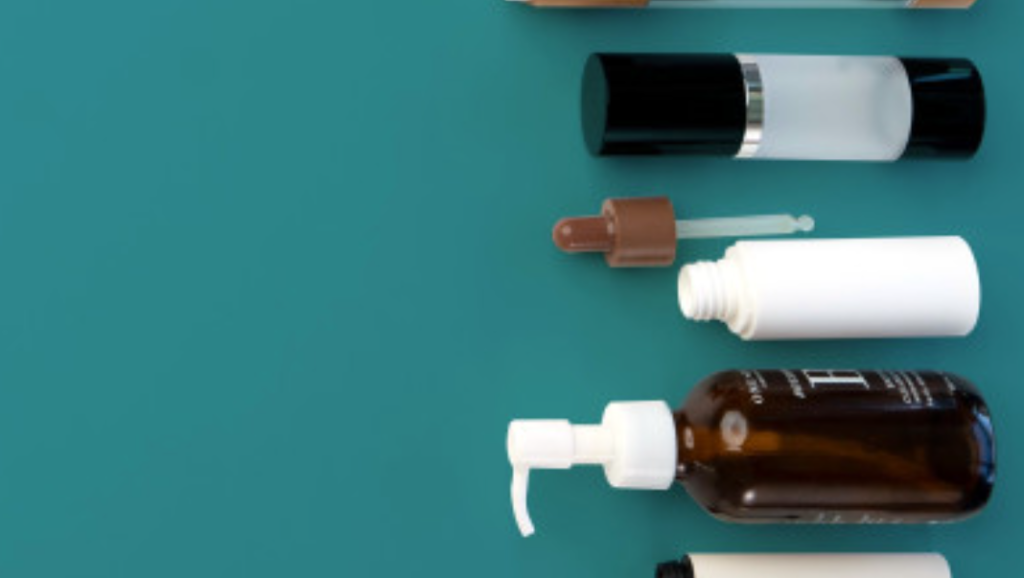Update to 2025 Roadmap carries forward unfinished targets from the original plan and outlines new steps toward circular design, based on insights from 130+ US Plastic Pact Activators.

Today, the US Plastics Pact released its latest strategic plan to help companies change how they design, use and reuse plastics in their packaging. Roadmap 2.0 is an actionable plan designed to transform the use of plastics — focusing on practical steps to create a circular economy where plastic packaging is reused, recycled, composted and kept within the economy, instead of becoming waste.
The comprehensive, new plan builds on the successes and lessons learned from the initial Roadmap to 2025, setting forth updated and ambitious targets to address plastic waste and drive systemic change across the entire plastics value chain.
“The current reliance on virgin plastics is unsustainable. Roadmap 2.0 aims to make a tangible difference by changing how we design, use and reuse plastics,” said Emily Tipaldo, Executive Director of the US Plastics Pact. “The focus is on practical, achievable steps companies can take to contribute to a circular economy.”
Significant progress in plastic-waste reduction
The original Roadmap to 2025 was a bold initiative to catalyze immediate action in the absence of a federal strategy. Since its release in 2021, the US Plastics Pact has seen significant progress in plastics circularity:
- Reduction of problematic materials: Through the creation of a Problematic & Unnecessary Materials List, decreased the use of problematic or unnecessary plastics from 14 percent to 8 percent.
- Increased recyclability: Increased the amount of reusable, recyclable or compostable plastic packaging from 37 percent to 47.7 percent.
- Increased recycled content: Increasing post-consumer recycled (PCR) or responsibly sourced, biobased content in packaging from 7 percent to 9.4 percent.
- Community growth: Expanding the US Plastic Pact from 62 to over 130 Activators.
- Resource development: Introduction of the PCR Procurement Toolkit and PCR Certification Principles; and the forthcoming Design for Circularity Playbooks, to be published summer 2024.
Ambitious, new goals
Building on these advancements, the ever-changing landscape — which includes a growing number of extended producer responsibility (EPR) regulations and a pending global plastics treaty — requires companies to continue pushing boundaries. Roadmap 2.0 is designed to carry forward the unfinished targets from the original plan and introduce new objectives based on the experiences of US Plastic Pact Activators:
- Reuse innovations: Reuse is now a primary target, as it can significantly reduce single-use plastics. Practical examples include returnable cups and foodservice ware systems in cafes and restaurants, on flights and at events; and increasingly popular reusable-packaging models for products ranging from cosmetics to food.
- Design for circularity: All plastic packaging will be designed and manufactured to be reusable, recyclable or compostable.
- Elimination of problematic plastics: By 2030, all items on the expanded Problematic & Unnecessary Materials List will be eliminated, and virgin plastic will be reduced by 30 percent. This approach ensures that only essential plastics are produced and used in ways that support sustainability.
- Effective recycling: The plan aims to recycle 50 percent of plastic packaging and establish the necessary infrastructure to achieve this at scale (Note: For the Roadmap’s purposes, this includes both mechanical [maintaining polymer structure] and chemical [aka molecular or enzymatic recycling — breaking down polymer structure into more basic building blocks] recycling processes. It explicitly excludes technologies that do not reprocess materials back into materials but instead into fuels or energy. Chemical recycling can be considered in line with a circular economy if the technology is used to create feedstock that is then used to produce new materials. However, if these same processes are used for plastics-to-energy or plastics-to-fuel applications, they cannot be considered recycling [according to ISO definitions] or part of a circular economy.
- Health and community impact: The plan also addresses the social impacts and disparities related to plastic production and use.
“Roadmap 2.0 is not just a continuation; it’s an evolution,” Tipaldo said. “Our initial targets were intentionally ambitious to spark rapid change. With Roadmap 2.0, we’re taking what we have learned and succeeded to the next level — focusing on innovative solutions and addressing broader impacts. We are committed to working collaboratively with our Activators and stakeholders to make these targets a reality.”
Continued collaboration and innovation
The US Plastics Pact continues to work as part of the Ellen MacArthur Foundation’s Plastics Pact Network and other global initiatives to harmonize efforts and share best practices. Roadmap 2.0 emphasizes the importance of action cross-sector collaboration and innovation to achieve these ambitious goals.
Roadmap 2.0 begins on January 1, 2026. By releasing it 18 months in advance, the Plastics Pact aims to provide its Activators ample time to prepare for these new challenges and objectives and continue fostering a culture of trust, transparency and collaboration — ensuring efforts are aligned and impactful.
Article Credit: sustainablebrands